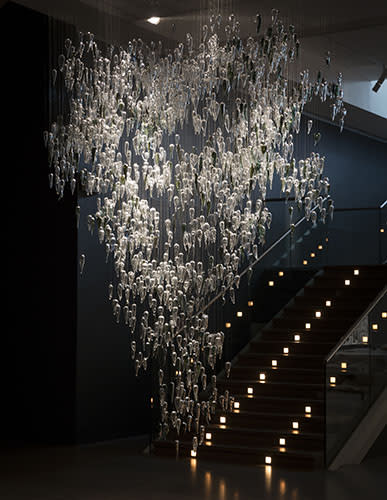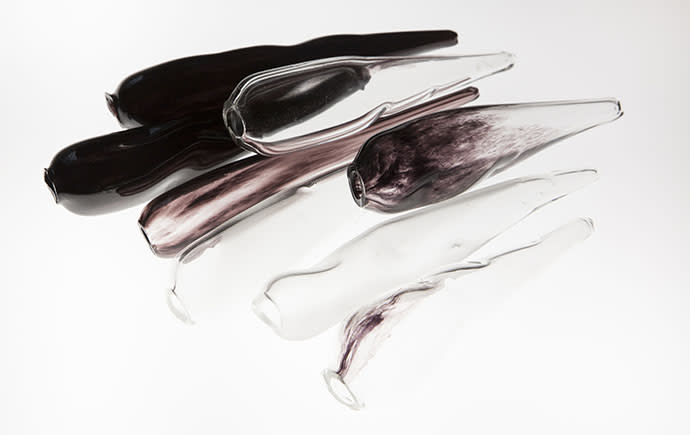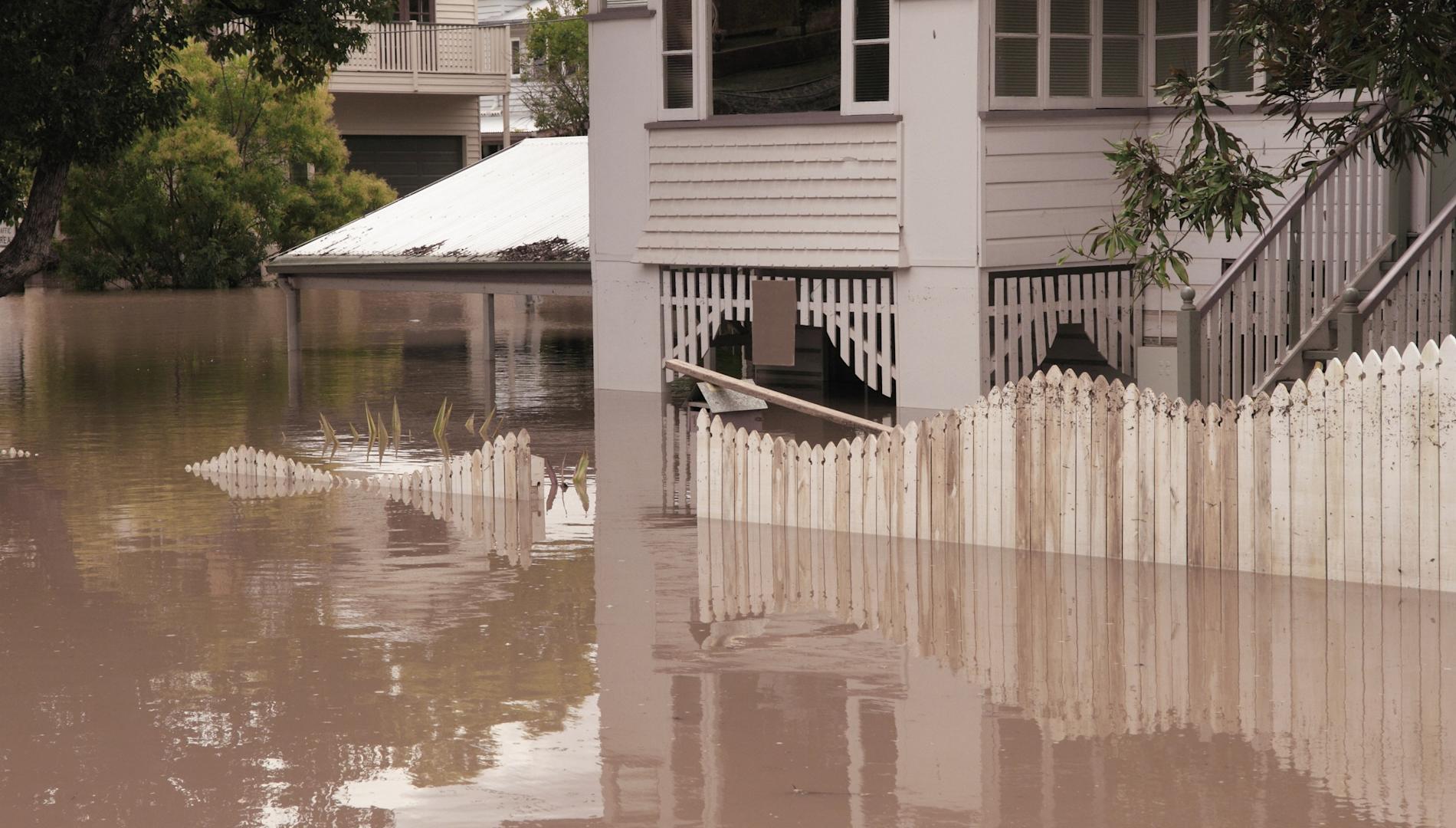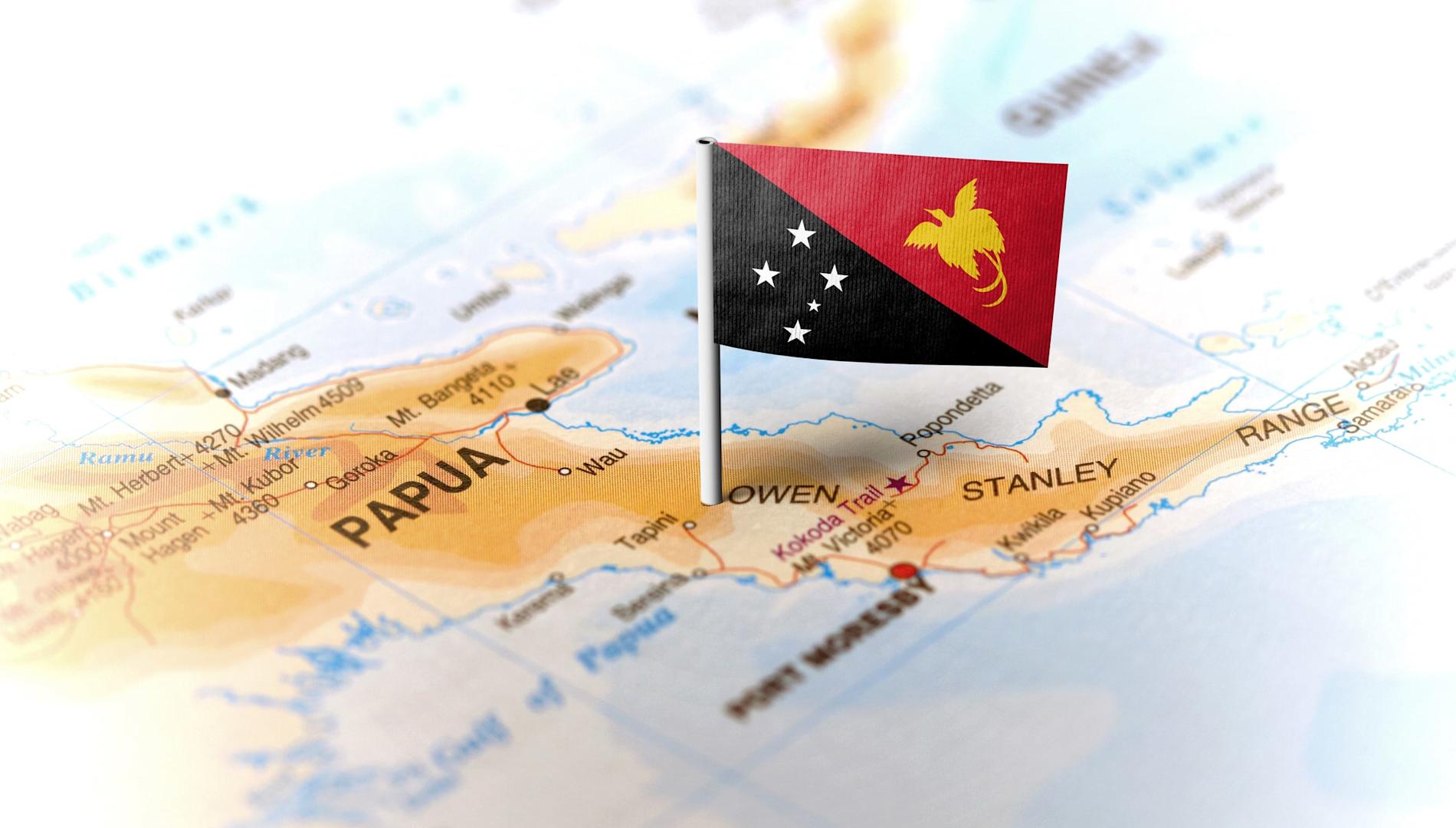Shaped by the heat
Glassblowing requires strength and patience. Acclaimed contemporary artist Yhonnie Scarce can spend up to four hours in the sweltering atmosphere of a ‘hot shop’, holding heavy molten glass on the end of a long pipe.
“I often joke that we’re tradies,” she says. “These are extreme conditions.”
Through this work, I’m telling my ancestors’ stories and talking about the overall issue related to colonialism and the dark history of Australia.
But the labour of glasswork also acts as a kind of catharsis. The South Australian-born Scarce is from the Kokatha and Nukunu peoples, and she uses her art installations to wrestle with the pain and trauma of racism and colonialism that was inflicted upon her, her family and her ancestors.
“I experienced a lot of racism growing up, and I still do,” Scarce says. “For me, art is a good way to express that anger about what happened to us.”

Scarce’s work has appeared in galleries around Australia and the world, including the Australian Centre for Contemporary Art, the National Gallery of Australia and the prestigious Venice Biennale. It often features the bush foods of her childhood, such as long yams, plums or bananas, made into glass forms representative of Aboriginal people and their traditional way of life.
Works such as 2013’s Blood on the Wattle, in which 300 black glass yams are laid into a Perspex coffin, serve as memorials to the Indigenous people who have died as a result of colonisation.
“It’s quite a therapeutic process for me,” she says. “There have been times when I still get quite angry and I read stories about massacres, about events where women and children have died.
“But I feel like I’m doing something about it. Through this work, I’m telling my ancestors’ stories and talking about the overall issue related to colonialism and the dark history of Australia.”
Scarce moved around as a child, but lived at various times in Adelaide, Alice Springs and Melbourne. She didn’t pursue her interest in art until her late 20s, when she left an office job to study visual arts at the University of South Australia and took her first glassblowing class. In 2008, she moved to Melbourne for a three-year residency at Monash University, where she also undertook a Master of Fine Art.
“When people ask me about Monash I always say the glass studio there is the most beautiful studio I’ve ever worked in,” she says. “You don’t come across a studio that has a view of the city anywhere in the world that I’ve ever been to.”

In the years since, Scarce has become a mainstay on Australia’s contemporary art scene. Though still based in Melbourne, she creates her works in the hot shop at the Jam Factory in Adelaide.
She sees her success as giving a voice to her mother, grandparents and other members of her extended family, many of whom have featured in her work.
“They had the courage to keep us proud of who we are,” Scarce says. “I believe they have been able to live another life through my ability to tell their stories.”





